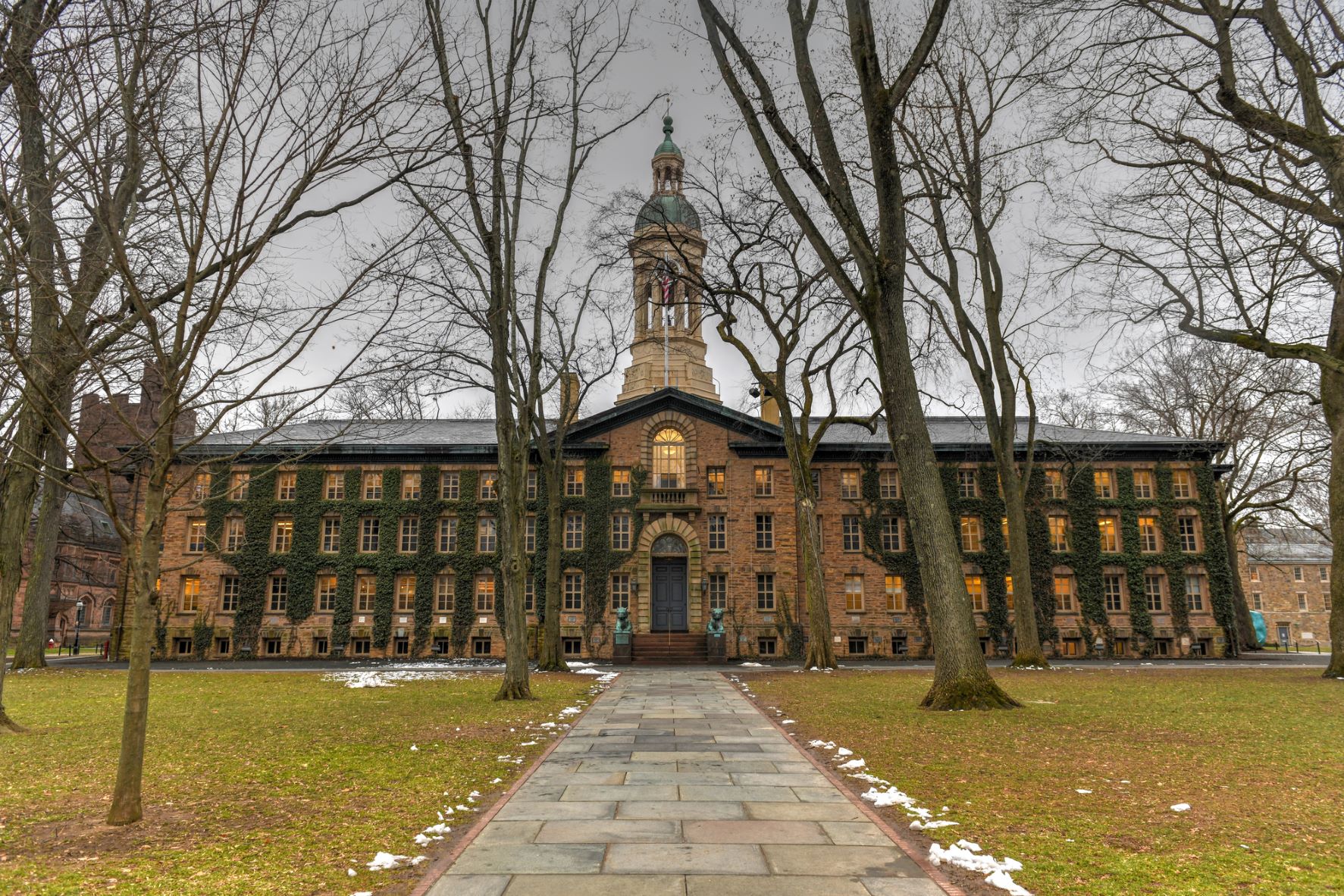
The eight elite institutions that make up the Ivy League continue to captivate the imaginations of students and parents alike, setting the gold standard for higher education.
These schools’ storied histories, renowned faculty, and impressive alumni networks remain the ultimate aspiration for many young scholars.
And it’s easy to see why. The Ivy League’s reputation for academic excellence is well-earned, with courses often led by top-tier leaders and experts in their fields.
This exceptional education translates into impressive outcomes for graduates. Ivy League alumni frequently secure lucrative positions at leading companies or venture into successful entrepreneurial endeavours. Harvard alums Matt Salzberg and Jennifer Hyman, who co-founded Blue Apron and Rent the Runway respectively, are prime examples of the heights Ivy grads can reach.
While these institutions are sometimes perceived as bastions for the wealthy, they also offer substantial financial aid to students from low-income backgrounds. This commitment ensures that financial barriers do not hinder access to an Ivy League education.
Here’s a closer look at the financial landscape and earnings potential for Ivy League graduates who received federal financial aid, as reported by the Department of Education’s College Scorecard:
Earnings potential of Ivy League graduates
The University of Pennsylvania
Median earnings 10 years after attendance: $112,761
Average annual cost for students on federal aid: $26,138
Median debt at graduation: $15,715
Princeton University
Median earnings 10 years after attendance: $110,433
Average annual cost for students on federal aid: $8,143
Median debt at graduation: $10,320
Cornell University
Median earnings 10 years after attendance: $98,321
Average annual cost for students on federal aid: $29,651
Median debt at graduation: $14,000
Columbia University
Median earnings 10 years after attendance: $97,540
Average annual cost for students on federal aid: $23,497
Median debt at graduation: $21,500
Yale University
Median earnings 10 years after attendance: $95,961
Average annual cost for students on federal aid: $18,535
Median debt at graduation: $12,975
Dartmouth College
Median earnings 10 years after attendance: $95,540
Average annual cost for students on federal aid: $31,120
Median debt at graduation: $17,500
Harvard University
Median earnings 10 years after attendance: $95,114
Average annual cost for students on federal aid: $19,500
Median debt at graduation: $14,000
Brown University
Median earnings 10 years after attendance: $87,811
Average annual cost for students on federal aid: $27,157
Median debt at graduation: $11,428
These figures highlight not only the impressive earning potential of Ivy League graduates but also the financial accessibility these schools strive to offer. Despite their elite status, they endeavour to welcome talented students from all economic backgrounds, ensuring that the dream of an Ivy League education remains within reach for many.
The average annual cost is defined by the Department of Education as “the average annual net price that a student who receives federal financial aid pays to cover expenses (e.g., tuition, living expenses) to attend a school”.
Cover Photo: Depositphotos
Related Stories:
Education: A divisive issue for 2024 Presidential aspirants
The post Ivy League dreams: A path to prestige and prosperity appeared first on The Independent News.

